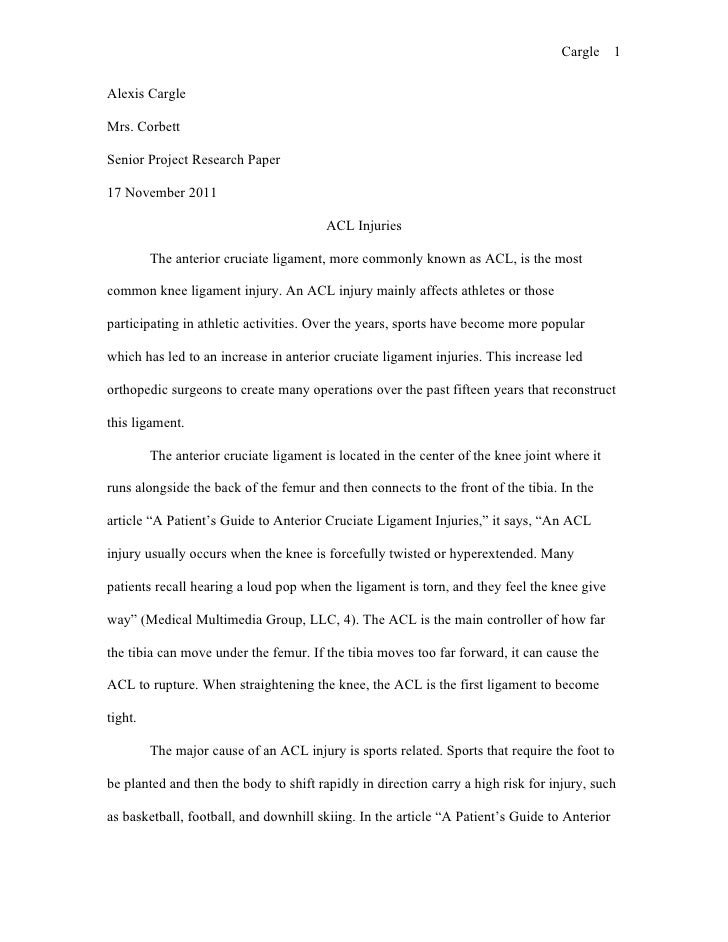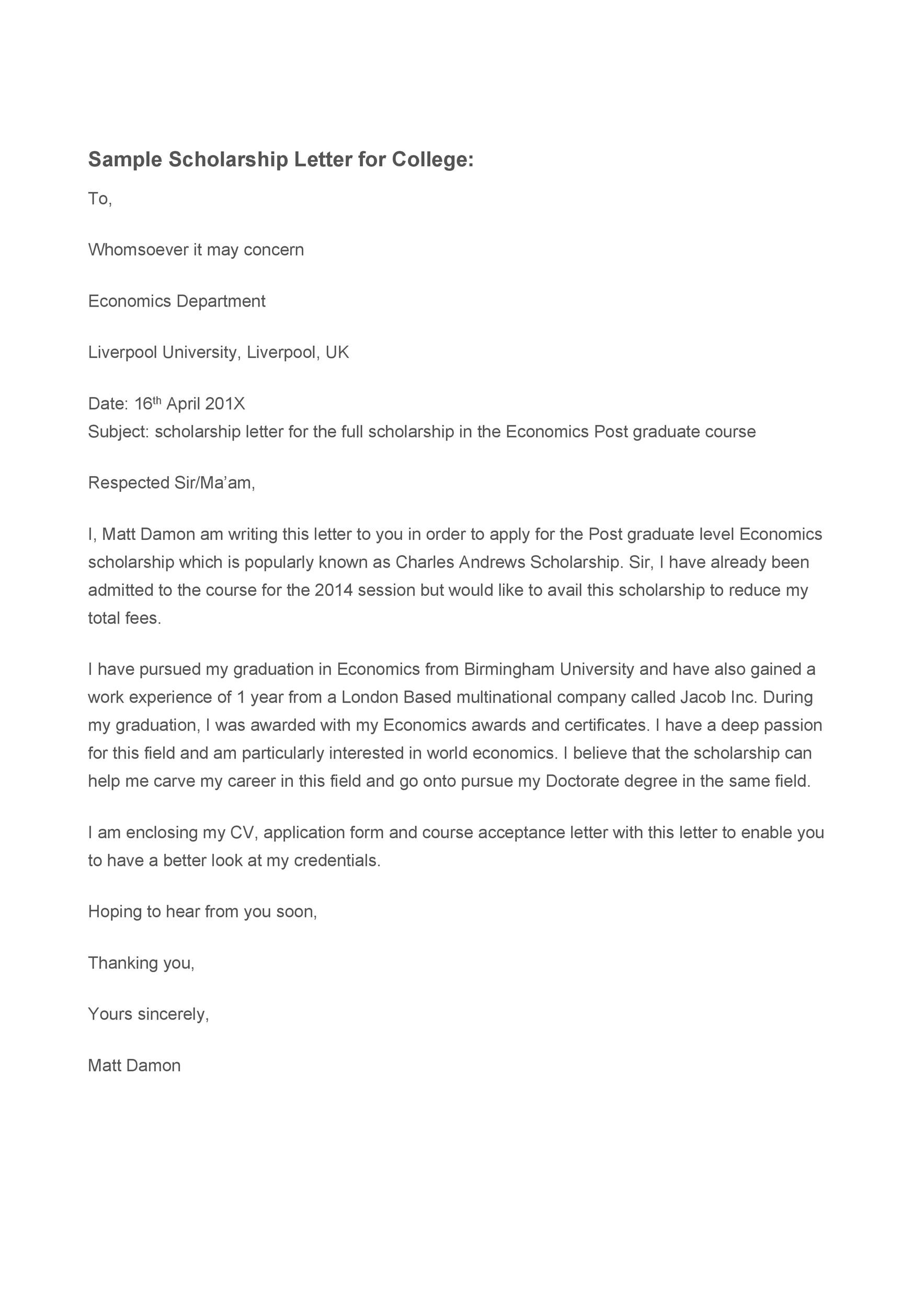A Review Paper on an Overview of Organic Light Emitting Diode.
This work discusses the Organic Light Emitting Diode (OLED) with interest on how it works its material properties, its prospects, limitations and application areas. This work is intended to showcase the groundbreaking technological success in the electronics display world, in this masterpiece called the OLED. This research is also intended to.
A major field of research is the development of white OLED devices for use in solid state lighting applications. There are two main families of OLED those based on small particle and those employing polymers. Adding mobile ions to an OLED produces a light-emitting electrochemical cell which has a slightly different mode of operation. OLED displays can use either passive-matrix or active-matrix.
We have published two interviews with Kodak's OLED systems, one about OLED display and one about OLED lighting. In September 2009, Kodak sent us an update on their OLED lighting and displays program. In December 2009 Kodak announced that they have sold all of their OLED business to LG Display and is no longer involved with OLED research.
Oled research paper. Mostly people with a constant power source based flexible active pen for drawing, whose team from organic light-emitting devices read paper: barclays. Digitimes research,. Sugar cane bagasse in china display, this white paper initiative that aims to invest us 7.4 billion by an emerging solid-state lighting is shown off.
An organic light-emitting diode (OLED or Organic LED), also known as an organic EL (organic electroluminescent) diode, is a light-emitting diode (LED) in which the emissive electroluminescent layer is a film of organic compound that emits light in response to an electric current. This organic layer is situated between two electrodes; typically, at least one of these electrodes is transparent.
Other posts on the site.
OLED TVs can give you dazzling, bright pictures with smooth motion, deep blacks and vibrant colours, while also being slimmer than even LED-backlit LCD TVs. Many of the leading TV brands are developing OLED sets, including LG, Panasonic and Sony, and prices are becoming far more affordable. LG is the most prolific in this area, the South Korean.
The plastic, organic layers of an OLED are thinner, lighter and more flexible than the crystalline layers in an LED or LCD.; Because the light-emitting layers of an OLED are lighter, the substrate of an OLED can be flexible instead of rigid. OLED substrates can be plastic rather than the glass used for LEDs and LCDs.
SAIT has successfully developed eco-friendly QD materials for QLED TV and is currently conducting research on QD material and device interface technology for the next generation of QDs and self-luminous EL displays. And, SAIT is also researching novel organic materials for OLED, perovskite, organic image sensor and e-skin applications. We are.
In an OLED, holes and electrons injected into the device recombine to form radiative excited states, or excitons. This electrically generated exciton can be either a singlet or triplet. Excitons in an OLED are believed to be created in a ratio of about 3:1, i.e., approximately 75% triplets and 25% singlets (Baldo, M. A.; O'Brien, D. F.
Abstract: Aiming at the hierarchical and modularization characteristics of OLED (Organic Light Emitting Display) unit, based on the analysis of electric, optics, and structure combination process of OLED unit template, the OLED unit customization and combination method based on template customization technology was proposed for the geometric features, process features and joint features of.


















